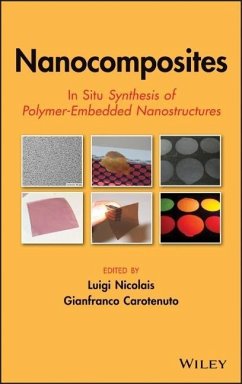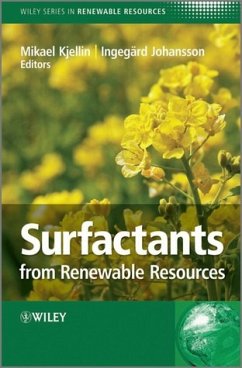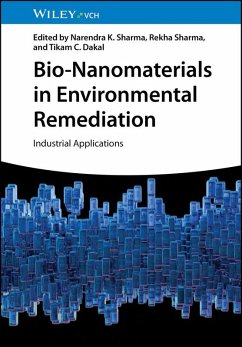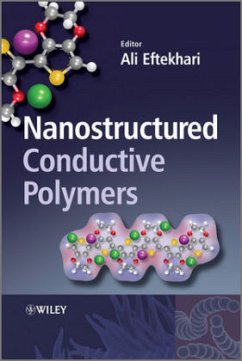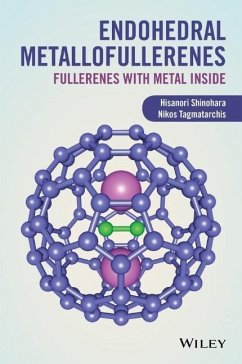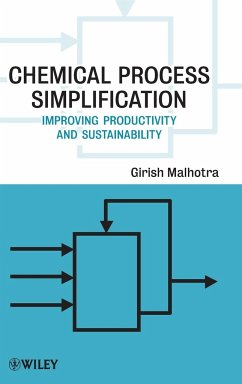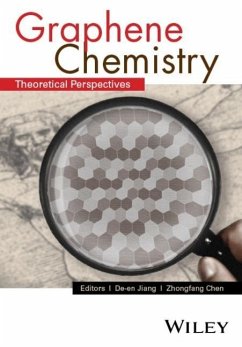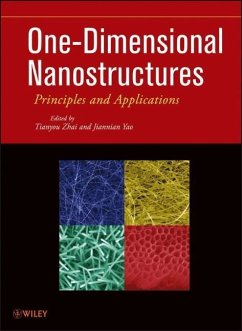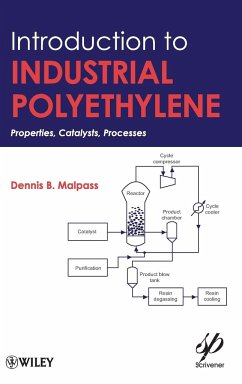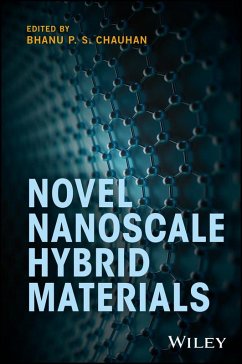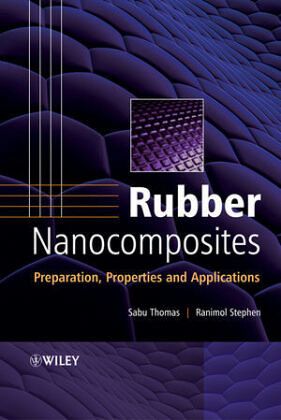
Rubber Nanocomposites
Preparation, Properties, and Applications
Herausgeber: Thomas, Sabu; Stephen, Ranimol

PAYBACK Punkte
193 °P sammeln!
Rubber Nanocomposites: Preparation, Properties and Applications focuses on the preparation, characterization and properties of natural and synthetic rubber nanocomposites. The book carefully debates the preparation of unmodified and modified nanofillers, various manufacturing techniques of rubber nanocomposites, structure, morphology and properties of nanocomposites. The text reviews the processing; characterization and properties of 0-, 1D and 2D nanofiller reinforced rubber nanocomposites. It examines the polymer/filler interaction, i.e., the compatibility between matrix and filler using unmodified and modified nanofillers. The book also examines the applications of rubber nanocomposites in various engineering fields, which include tyre engineering.
The book also examines the current state of the art, challenges and applications in the field of rubber nanocomposites. The handpicked selection of topics and expert contributions make this survey of rubber nanocomposites an outstanding resource for anyone involved in the field of polymer materials design.
- A handy "one stop" reference resource for important research accomplishments in the area of rubber nanocomposites.
- Covers the various aspects of preparation, characterization, morphology, properties and applications of rubber nanocomposites.
- Summarizes many of the recent technical research accomplishments in the area of nanocomposites, in a comprehensive manner
- It covers an up to date record on the major findings and observations in the field
The book also examines the current state of the art, challenges and applications in the field of rubber nanocomposites. The handpicked selection of topics and expert contributions make this survey of rubber nanocomposites an outstanding resource for anyone involved in the field of polymer materials design.
- A handy "one stop" reference resource for important research accomplishments in the area of rubber nanocomposites.
- Covers the various aspects of preparation, characterization, morphology, properties and applications of rubber nanocomposites.
- Summarizes many of the recent technical research accomplishments in the area of nanocomposites, in a comprehensive manner
- It covers an up to date record on the major findings and observations in the field



